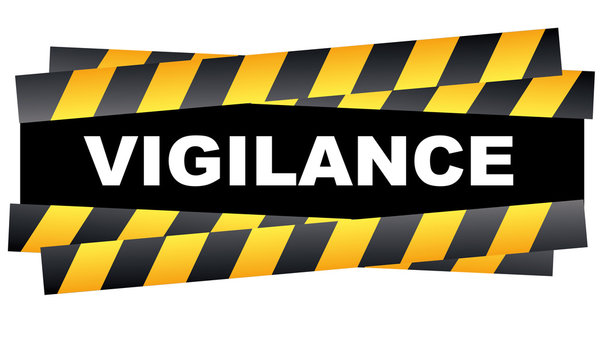Introduction :
Vigilance refers to the state of being watchful, alert, and attentive, especially in order to detect and prevent potential dangers, risks, or threats. It involves a heightened level of awareness and a proactive approach towards identifying and addressing any possible issues or misconduct.
Vigilance is essential in various aspects of life, including personal safety, security, professional environments, and even governance. It plays a crucial role in maintaining law and order, ensuring the well-being of individuals, and safeguarding the interests of organizations and societies as a whole.
Here are some key aspects of vigilance:
Awareness: Vigilance begins with being aware of one’s surroundings and the potential risks associated with them. This includes staying informed about current events, understanding the nature of potential threats, and being knowledgeable about the relevant rules and regulations.
Observation: Vigilance requires keen observation skills to detect any unusual or suspicious activities, behaviors, or patterns. It involves paying attention to details, noticing deviations from the norm, and recognizing potential warning signs that may indicate a risk or a threat.
Proactivity: Vigilance goes beyond mere observation; it involves taking proactive measures to prevent or mitigate potential risks. This may include reporting suspicious activities to the appropriate authorities, implementing security measures, or intervening in a situation to ensure the safety and well-being of individuals.
Preparedness: Being vigilant also means being prepared to respond effectively to any potential threats or emergencies. This may involve having contingency plans in place, conducting drills and simulations, and equipping oneself with the necessary skills, knowledge, and resources to handle various situations.
Integrity: Vigilance is closely linked to integrity and ethical conduct. It requires individuals to act with honesty, fairness, and a commitment to upholding the principles of justice. Vigilant individuals should be willing to report any misconduct or violations of rules and regulations, even if it means standing up against wrongdoing.
Continuous Improvement: Vigilance is not a one-time effort but a continuous process of improvement. It involves learning from past experiences, analyzing vulnerabilities, and adapting strategies to address emerging threats effectively. Regular training, feedback, and evaluation play a crucial role in enhancing vigilance.
Collaboration: Vigilance is often a collective effort. It involves collaboration and coordination among individuals, organizations, and communities. Sharing information, pooling resources, and working together can significantly enhance vigilance capabilities and create a safer and more secure environment for everyone.
Conclusion :
In summary, vigilance is a state of heightened awareness, observation, and proactivity aimed at identifying and preventing potential risks, threats, or dangers. It involves being informed, observant, proactive, prepared, and ethically committed to maintaining safety, security, and order in various contexts of life.
vigilance




